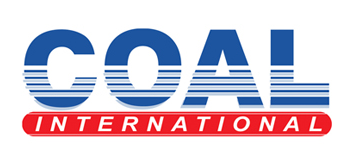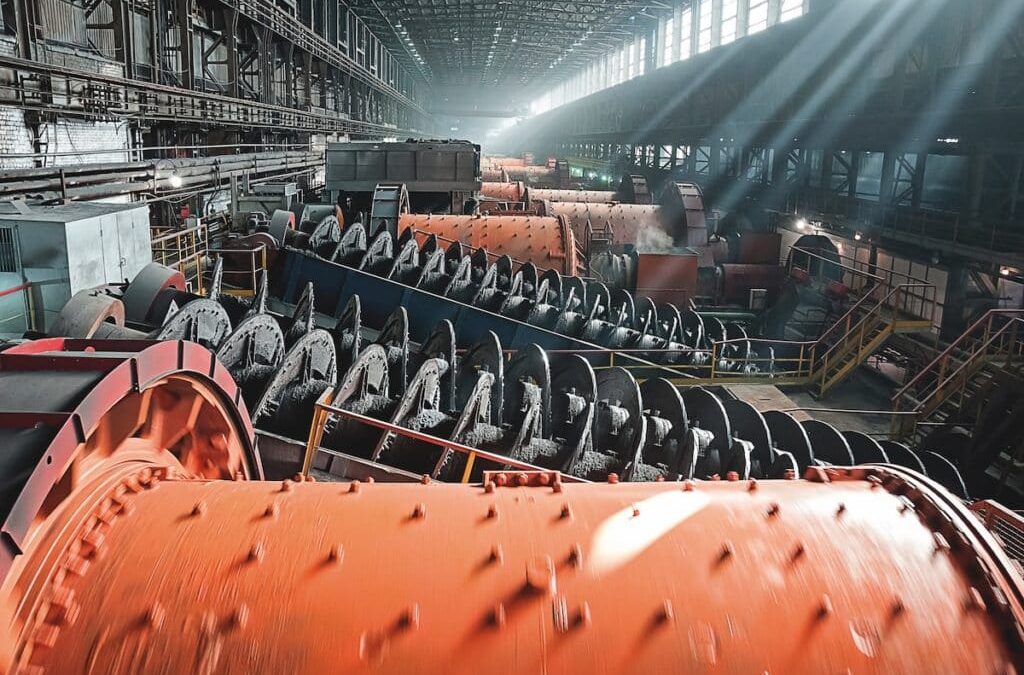Henkel is helping miners shift from costly breakdowns to improved operations with advanced wear protection and training.
Unplanned downtime can be one of the industry’s most expensive inconveniences.
For major miners in Western Australia, it is estimated that interruptions can cost as much as $US650,000 per hour, with maintenance accounting for up to half of total operating costs. For operations under pressure to deliver more with less, the stakes couldn’t be higher.
Henkel, a global leader in adhesives, sealants and coatings, is working with miners worldwide to shift the balance from reactive to proactive maintenance, as Henkel APAC application engineering lead Zhonghua Zhang attests.
“Urgent repair – otherwise known as breakdown maintenance – is costly in terms of labour materials and production loss, and bad for production planning,” he said.
“Money piles up every second, minute and hour of an unplanned shutdown. That’s when a fast-curing product becomes critical.”
Henkel’s focus on the science and strategy of wear management is helping mine operators extend equipment life, reduce maintenance cycles, and keep crews safer on site.
Trouble spots and tailored solutions
From slurry pumps and cyclones to semi-autogenous grinding (SAG) mills and screen membranes, wear is a constant across the mining value chain. The challenge is not whether equipment will wear, but how operators can manage it effectively.
Henkel’s LOCTITE product range offers versatile solutions designed to address specific wear scenarios.
Products include the LOCTITE PC 9593 fast cure wearing compound, which protects SAG mill shells against repeated impact damage. In one Chinese iron ore mine, the product enabled immediate liner installation after just 20 minutes, saving 10 hours of downtime – worth over $US29,000 in additional profit.
Henkel’s LOCTITE PC 9313 high impact wearing compound paired with a coat of the LOCTITE PC 7227 brushable ceramic helped a New South Wales mine extend the service life of its screen membrane from three weeks to more than 16, breaking a cycle of constant shutdowns.
The LOCTITE PC 7332 silicone carbide wearing compound, on the other hand, significantly extended the lifespan of slurry pump bends at a major iron ore-handling facility, avoiding two shutdowns and saving $US24,000 in downtime and maintenance costs.
Proactive wear management holds the key to significant savings and a better performing mine.
“A wear protection solution that helps us get as close as possible to eliminating unplanned downtime is an obvious and highly valuable choice, especially when you consider how cost-effective it is compared to the high cost of inaction,” an asset performance manager at a Tier 1 mining company said.

Proving ROI
Mining companies are under constant pressure to justify investments, and Henkel’s approach is rooted in measurable outcomes.
Establishing a baseline is the first step; understanding how long components last without intervention. From there, documented trial reports provide comparative data on reduced downtime, longer maintenance cycles, and cost savings.
An example comes from an iron ore port in WA, where Henkel applied the LOCTITE PC 7218 wearing compound to fast-track a chute recovery.
The repair was completed in just five hours without hot work, extending the chute’s service life by 10 weeks and avoiding a costly replacement.
This solution improved safety, cut downtime and eliminated unnecessary capital expenditure.
Such data makes the return on investment (ROI) argument clear. For instance, extending pipe bend life by 60 days through the application of the LOCTITE PC 7332 silicone carbide wearing compound can translate into millions in avoided costs across large mining operations.
Application, training and culture
Henkel stresses that breakthrough results rarely come from products alone – they come from a holistic approach. Correct product selection and application are critical, but so too are training, culture and partnerships.
Improper application – whether through rushed curing, poor mixing, or inadequate surface preparation – can cut equipment life short and erase the benefits of even the best products.
“Taking a little extra time to ensure proper application leads to significant long-term gains, saving both time and money,” a Rio Tinto asset management manager said.
To close knowledge gaps, Henkel runs surface engineering workshops (SEW) with its clients, combining theory with hands-on training. These sessions help engineers and site teams understand not only the “how” but also the “why” of wear protection, educating that a few more hours of curing time, for example, can lead to months of extended equipment life.
Each workshop runs from 90 minutes to two hours, giving participants practical experience with dummy plates, mixing techniques, and application dos and don’ts. By simulating real site conditions, the SEW program helps to reduce mistakes under pressure, and empowers crews to make better maintenance decisions on the ground.
For Henkel, wear management isn’t just about providing materials and solutions; it’s about creating a proactive maintenance culture. This means empowering site teams, embedding training and forging stronger supplier–operator partnerships. It also means building trust through proven results, documented trials, and a focus on long-term value rather than short-term fixes.
By combining innovative LOCTITE solutions with practical training backed by local application engineers, Henkel is helping miners extend equipment life, reduce downtime, and set new standards for operational resilience.
As the industry continues to face labour shortages, ageing assets and rising costs, these strategies offer a path towards safer, smarter and more sustainable mining operations.



